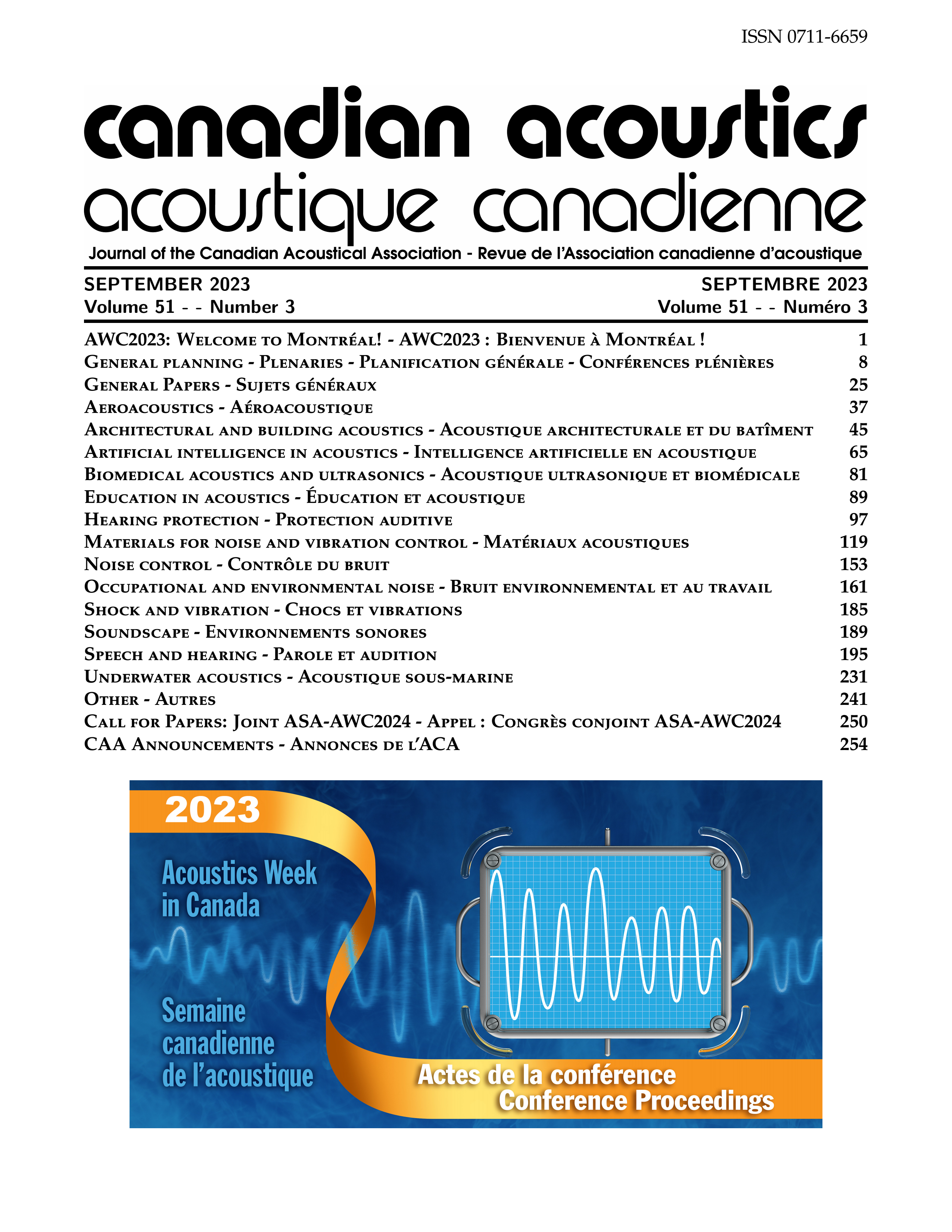On the Use of Wide Dynamic Range Compression and Other Algorithms to Improve Hearing Protection of Workers with Hearing Impairment: A Preliminary Study on Speech Intelligibility
Abstract
Despite being affected by one of the most common occupational diseases worldwide, workers with hearing loss remain without any consensual solutions when it comes to protecting their residual hearing while working safely and efficiently. One solution to be explored is to adapt signal processing algorithms commonly used in hearing aids for hearing protection applications and to implement them on a research platform for evaluation. The algorithms to be assessed include Wide Dynamic Range Compression (WDRC) to amplify sound based on the user’s hearing loss while protecting their hearing, Modulation-Based Digital Noise Reduction (MBDNR) to enhance speech, and an Automatic Gain Control (AGC) to protect from excessive exposure. A major need for workers is the ability to communicate in noise. Different parameters and algorithms combination have been proven to affect speech intelligibility in hearing aid devices. To select the proper combination and parameters before hardware implementation, this study explores the impact of different algorithm configurations on speech intelligibility in factory noise in a laboratory environment. Participants either without hearing impairment or with mild to moderate hearing loss undergo five different Hearing in Noise Test (HINT) in order to measure their Speech Reception Thresholds (SRTs) using the MATLAB Speech Test Environment (MSTE). Differences in the SRTs obtained when simulating different hearing devices and other metrics are analyzed to highlight a potential benefit of the signal processing algorithms in terms of speech intelligibility improvement in a typical factory noise.Additional Files
Published
How to Cite
Issue
Section
License
Author Licensing Addendum
This Licensing Addendum ("Addendum") is entered into between the undersigned Author(s) and Canadian Acoustics journal published by the Canadian Acoustical Association (hereinafter referred to as the "Publisher"). The Author(s) and the Publisher agree as follows:
-
Retained Rights: The Author(s) retain(s) the following rights:
- The right to reproduce, distribute, and publicly display the Work on the Author's personal website or the website of the Author's institution.
- The right to use the Work in the Author's teaching activities and presentations.
- The right to include the Work in a compilation for the Author's personal use, not for sale.
-
Grant of License: The Author(s) grant(s) to the Publisher a worldwide exclusive license to publish, reproduce, distribute, and display the Work in Canadian Acoustics and any other formats and media deemed appropriate by the Publisher.
-
Attribution: The Publisher agrees to include proper attribution to the Author(s) in all publications and reproductions of the Work.
-
No Conflict: This Addendum is intended to be in harmony with, and not in conflict with, the terms and conditions of the original agreement entered into between the Author(s) and the Publisher.
-
Copyright Clause: Copyright on articles is held by the Author(s). The corresponding Author has the right to grant on behalf of all Authors and does grant on behalf of all Authors, a worldwide exclusive license to the Publisher and its licensees in perpetuity, in all forms, formats, and media (whether known now or created in the future), including but not limited to the rights to publish, reproduce, distribute, display, store, translate, create adaptations, reprints, include within collections, and create summaries, extracts, and/or abstracts of the Contribution.


